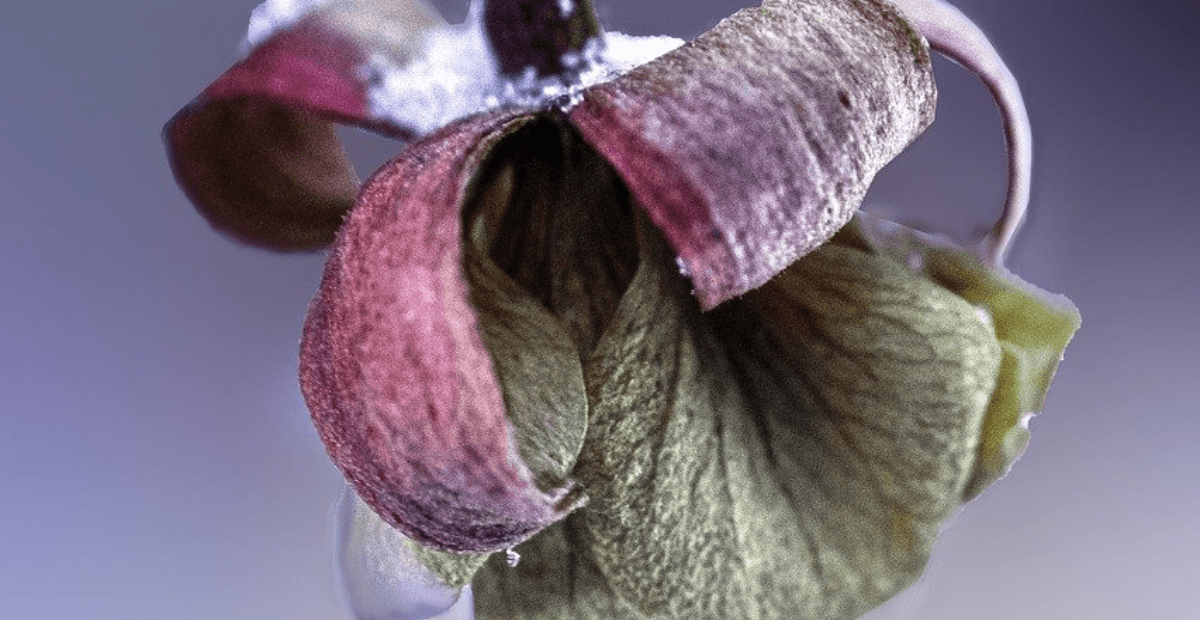Winter flowers bring a unique charm to gardens during the colder months, showcasing resilience and beauty when many plants lie dormant. In this article, we will explore various types of winter flowers, focusing on their characteristics, care requirements, and the best varieties to plant. Additionally, we will discuss specific winter flowering plants, including the hellebore ‘winter flowering hybrid’ and winter flowering pansy seeds.
advertisement
Table of Contents
The Beauty of Winter Flowers
Winter flowers are not just a sign of life amidst the frost; they also add color and texture to an otherwise barren landscape. These hardy plants can withstand freezing temperatures, offering vibrant blooms that brighten gloomy winter days.
Characteristics of Winter Flowers
Winter flowers often exhibit unique features that help them thrive in cold conditions. Many of these plants have adapted to survive freezing temperatures through various mechanisms:
- Frost Resistance: Certain winter flowers can tolerate frost and snow, allowing them to bloom even in harsh weather.
- Early Blooms: Some varieties bloom early in the season, often before the last frost, giving them a head start in showcasing their beauty.
- Diverse Colors: Winter flowers come in a variety of colors, from bold reds and purples to delicate whites and yellows, ensuring that your garden remains vibrant even in the cold.
Popular Winter Flowers
Hellebore: The Queen of Winter Flowers
One of the most beloved winter flowers is the hellebore, particularly the hellebore ‘winter flowering hybrid’. This plant is known for its stunning, cup-shaped blooms that can appear even when snow is on the ground.
Care for Hellebore
advertisement
- Soil: Hellebores prefer well-drained, rich soil.
- Light: They thrive in partial shade, making them ideal for woodland gardens.
- Water: These plants require moderate watering but should not be waterlogged.
Hellebore ‘Winter Flowering Hybrid’ Seeds
Planting hellebore ‘winter flowering hybrid’ seeds can be an excellent way to expand your winter garden. These seeds can be sown in fall or early spring. Be sure to follow the recommended planting depth and spacing for optimal growth.
Winter Flowering Pansy Seeds
Another fantastic choice for winter gardens is the winter flowering pansy. Known for their cheerful faces and vibrant colors, pansies can bloom throughout winter in mild climates.
Care for Pansies
- Soil: Well-drained soil is essential for pansies to prevent root rot.
- Light: Full sun to partial shade is best.
- Water: Keep the soil consistently moist but avoid overwatering.
You can find quality winter flowering pansy seeds at local garden centers or through reputable online retailers.
Do Mixed Flowers Grow in Winter?
A common question among gardeners is, do mixed flowers grow in winter? While many plants hibernate during the colder months, certain combinations of winter flowers can thrive together, creating a beautiful winter landscape.
Creating a Mixed Winter Flower Garden
- Select Hardy Varieties: Choose plants known for their winter resilience, such as hellebores, pansies, and cyclamens.
- Layering: Consider layering taller plants at the back and shorter ones at the front for visual interest.
- Color Coordination: Mix different colors to create a vibrant display. For example, pairing the deep purple of hellebores with the bright yellow of pansies can create a striking contrast.
The Benefits of Winter Flowers
Winter flowers offer several benefits, both for the garden and the gardener:
1. Year-Round Interest
Having winter flowers ensures that your garden is visually appealing year-round. This can be especially important in regions where winter lasts for several months.
2. Pollinator Support
Even in winter, certain insects, such as bees, are active. Winter flowers can provide essential nectar sources for these pollinators, helping to support local ecosystems.
3. Stress Relief
Gardening has been shown to reduce stress and promote mental well-being. Maintaining a winter garden can provide therapeutic benefits, even in the cold.
How to Plant Winter Flowers
advertisement
Choosing the Right Location
When planting winter flowers, choose a location that receives adequate sunlight and has well-drained soil. Many winter flowers prefer partial shade, so consider the sun patterns in your garden.
Preparing the Soil
- Clear Debris: Remove any dead leaves or plants from the area.
- Loosen Soil: Use a garden fork or tiller to loosen the soil and mix in organic matter.
- Test pH Levels: Most winter flowers prefer slightly acidic to neutral pH levels. You can test your soil using a home testing kit.
Planting
- Spacing: Follow the recommended spacing for each type of flower to ensure they have enough room to grow.
- Watering: After planting, water the flowers thoroughly to help them establish their roots.
Maintaining Your Winter Flower Garden
Regular Care
To keep your winter flowers thriving:
- Water: Ensure consistent moisture, especially during dry spells.
- Mulching: Apply a layer of mulch to protect roots and retain soil moisture.
- Fertilizing: Use a balanced fertilizer in early spring to promote growth.
Pest and Disease Management
Keep an eye out for common pests like aphids and diseases such as powdery mildew. Early detection and treatment are crucial to maintaining the health of your winter flowers.
Conclusion
Winter flowers bring beauty and resilience to our gardens during the cold months. From the stunning hellebore ‘winter flowering hybrid’ to the cheerful winter flowering pansies, these plants add color and life when most others have faded. Whether you are an experienced gardener or just starting out, incorporating winter flowers into your landscape is a rewarding endeavor.
By choosing the right varieties and providing them with proper care, you can enjoy a vibrant garden that withstands the winter chill. Start planning your winter flower garden today, and experience the joy of blooming beauty even in the coldest months.
For more gardening tips and insights, visit Gardening Hobbies and explore a world of plant possibilities!


